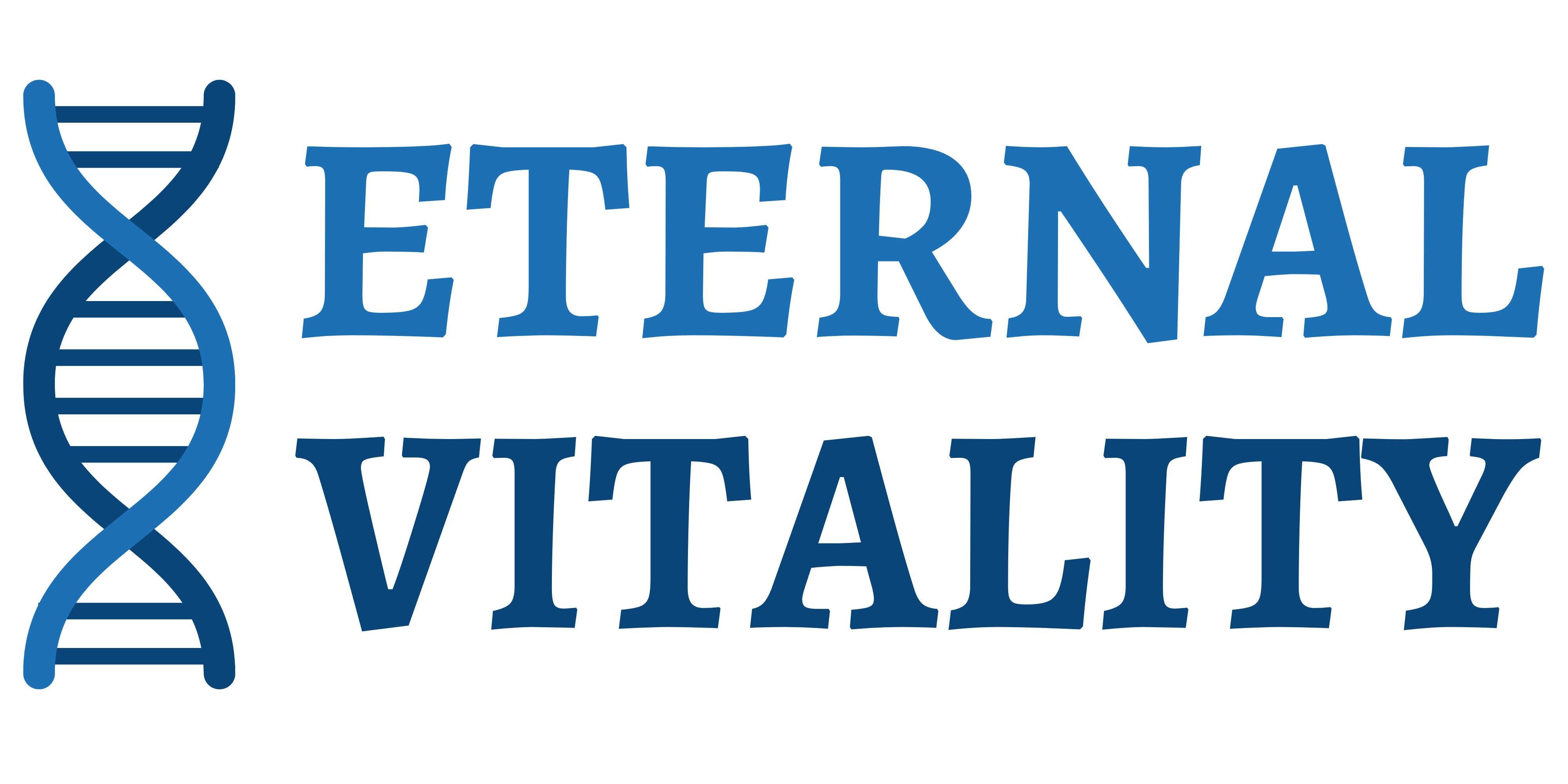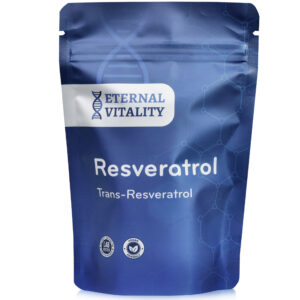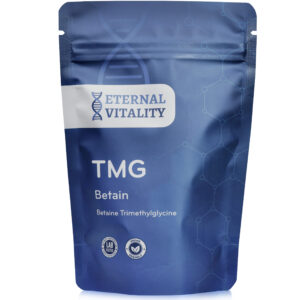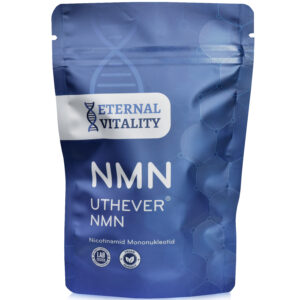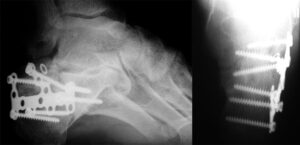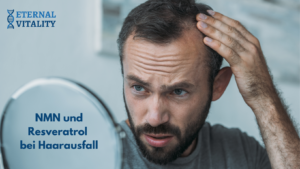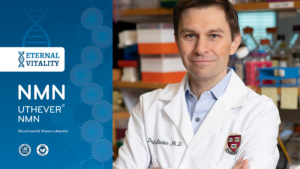Longevity research has made significant strides in recent decades, and the search for the fountain of youth is intensifying. A promising development in this area is the study of NMN (Nicotinamide Mononucleotide). NMN is a molecule that some refer to as the “molecule of eternal youth.” NMN aims to slow down and even reverse the aging process. In this article, we’ll delve deeper into longevity research and explore NMN: what it is, how it works, and the advances in research to harness its potential as a fountain of youth. But first, we lay the groundwork for a deep dive into human body biochemistry.
The focus of current longevity research centers on the in-depth study of nutrient sensor systems. Nutrient sensor systems are cellular mechanisms allowing cells to detect changes in nutrient availability in their environment and respond accordingly. These systems are pivotal in maintaining cellular homeostasis and play a vital role in regulating various cellular processes, including energy metabolism, growth, and aging. The nutrient sensor systems encompass several signaling pathways, such as the mTOR pathway, the AMPK pathway, and the sirtuin pathway.
Here, mTOR (mammalian target of rapamycin) regulates protein synthesis and cell growth, AMPK (Adenosine monophosphate-activated protein kinase) detects low energy states, and sirtuins are in charge of DNA expression, ensuring optimal cell function. These three enzymes are seen as the most crucial factors for aging processes and answer the question: why do we age? Particularly, sirtuins play a central role in aging processes; they can only function in conjunction with NAD+ (Nicotinamide Adenine Dinucleotide), a coenzyme present in all living cells, and fulfill their tasks.
NMN steigert den NAD+-Spiegel und unterdrückt somit die Alterungsprozesse
All studies conducted on various organisms came to the same conclusion: Increasing the intracellular NAD+ levels improves the chances of survival by boosting energy production and enhancing cell repair. (1) In fact, the slow, inevitable aging process has been described as a “cascade of resilience degradation triggered by a decrease in NAD+ levels. A low NAD+ level leads to reduced NAD+ biosynthesis and resulting defects in organ function and tissue. (2) Aging is characterized by epigenetic changes, genomic instability, altered nutrient-sensing capability, telomere attrition, mitochondrial dysfunction, cellular senescence, stem cell exhaustion, and dysregulated intercellular communication, which are referred to as the Hallmarks of Aging.(3,4)
During our youth, the NAD+ level reaches its peak, and by middle age, it has dropped to half of the NAD+ level of our youth.(5) Numerous studies have shown that increasing the NAD+ level enhances insulin sensitivity, reverses mitochondrial dysfunction, and extends lifespan.(6) The NAD+ level can be increased by activating enzymes that stimulate NAD+ synthesis, by inhibiting an enzyme (CD38) that breaks down NAD+, and by supplementing with NAD+ precursors, including Nicotinamide Riboside (NR) and Nicotinamide Mononucleotide (NMN).(7)
In numerous studies, supplementation with NMN has been shown to increase NAD+ biosynthesis, suppress age-related inflammation of adipose tissue, enhance insulin secretion and insulin action, improve mitochondrial function and neuronal function in the brain, and much more.(8)
Signaling pathways of NMN in the human body
Many interrelated biochemical processes enable NAD+ to be both synthesized and regulated in the body. It is widely known that Vitamin B3 is a building block for Nicotinamide Adenine Dinucleotide (NAD+). It is also widely recognized that NMN is an effective precursor for NAD+. Although NMN naturally occurs in small amounts in fruits and vegetables like avocados, broccoli, cabbage, and cucumbers, in mammals, most NMN is synthesized from Vitamin B3 in the form of nicotinamide. (9) The focus of research is on an enzyme called Nicotinamide Phosphoribosyltransferase (NAMPT). This enzyme plays a crucial role in converting nicotinamide to NMN. NAMPT exists in two forms, one inside the cell (iNAMPT) and one outside the cell (eNAMPT). The extracellular form has a higher activity than the intracellular form and has been found in human blood plasma, seminal plasma, and cerebrospinal fluid. eNAMPT is produced by various cell types, including fat cells, liver cells, white blood cells, as well as heart and brain cells. (10)
In numerous mouse models for diseases and aging, NMN has shown a wide range of remarkable effects against various diseases, from diabetes to Alzheimer’s disease. (11)
Administered NMN is rapidly synthesized to NAD+ in mouse tissues. NMN can suppress age-related weight gain, enhance energy metabolism and physical activity, increase insulin sensitivity, improve eye function, enhance mitochondrial metabolism, and prevent age-related changes in gene expression. In mice bred as diabetic or obese, NMN improved both insulin action and secretion. NMN has been shown to protect the hearts of mice from damage by ischemia and/or reperfusion. Moreover, it restored skeletal muscle in older mice and slowed cognitive decline in a mouse model of Alzheimer’s disease. By improving energy metabolism and reducing reactive oxygen species, NMN enhanced neuron survival. It can also help maintain the integrity of the blood-brain barrier. NMN appears to be a promising option to reduce aging-related inflammation.
NMN is apparently stable in water; one study showed that 93%-99% of NMN in drinking water remained intact at room temperature over a span of 7-10 days. It also appears to be rapidly absorbed. When NMN was orally administered to mice, the plasma NMN level sharply increased within just two and a half minutes and peaked after 5-10 minutes. The plasma levels then quickly dropped back to baseline, suggesting rapid absorption in the intestine. Long-term (1 year) oral administration of NMN at doses up to 300 mg/kg proved safe and well-tolerated in normal mice.(12).
What does the future hold? NMN and human health
NMN is clearly a fountain of youth for mice. But what about humans? Shin-ichiro Imai has stated that NMN can improve the metabolism of adult humans to resemble that of someone ten or twenty years younger. His team is currently studying NMN in humans. David Sinclair, the renowned longevity researcher from Harvard University, known worldwide for his research on resveratrol, NAD+, and sirtuins, is also conducting human trials. He personally takes NMN; he says his health has dramatically improved, he feels more energetic, and his blood markers at nearly 55 years old are at the level of a 30-year-old.
